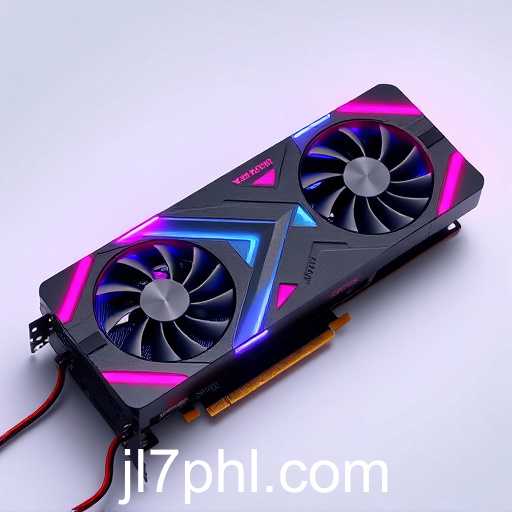An in-depth examination of the gaming hardware landscape, highlighting the latest innovations, trends, and performance benchmarks in gaming technology.
In the ever-evolving landscape of digital entertainment, gaming hardware remains at the forefront of innovation and performance. As gamers around the world seek immersive experiences, the demand for cutting-edge hardware continues to grow, transforming how we interact with virtual worlds. The keyword 'jl7' within the Gaming Hardware category symbolizes a reference point for enthusiasts looking to explore what's new and noteworthy in the industry.
Gaming hardware encompasses a broad spectrum of technology, from custom-built gaming PCs and consoles to high-performance components such as graphics cards, processors, and memory. At the heart of this hardware evolution is the pursuit of enhanced graphical fidelity, faster load times, and unparalleled user experiences. Manufacturers are in a constant race to push boundaries, delivering products that not only meet but exceed the expectations of a discerning audience.
One notable trend is the advent of ray tracing technology in graphics cards, epitomized by the latest offerings from industry giants like NVIDIA and AMD. This technology simulates the way light interacts with objects in the real world, creating more realistic and visually stunning environments. The integration of AI-driven features further enhances performance optimization, ensuring gamers enjoy smoother and more responsive gameplay.
Additionally, the rise of cloud gaming platforms has shifted the paradigm of gaming hardware utilization. Services like Google Stadia, Microsoft's Xbox Cloud Gaming, and NVIDIA GeForce Now allow gamers to stream high-quality games without the need for top-tier hardware. This development makes gaming more accessible while also challenging traditional notions of hardware dependence.
Another critical aspect of gaming hardware is the array of peripherals that complement the core gaming system. From ergonomic keyboards and precision-engineered mice to immersive virtual reality headsets and high-resolution monitors, these devices significantly influence the overall gaming experience. As technology progresses, these peripherals offer unprecedented levels of customization and adaptability, catering to both casual gamers and eSports professionals.
In conclusion, the gaming hardware sector represents a dynamic and competitive field marked by constant innovation. The emphasis on superior performance, realism, and accessibility drives manufacturers to craft devices that revolutionize gaming. As we continue to embrace new technologies and trends, the 'jl7' category within Gaming Hardware serves as a beacon for enthusiasts keen to stay ahead of the curve, showcasing the latest and greatest advancements in the world of gaming technology.




